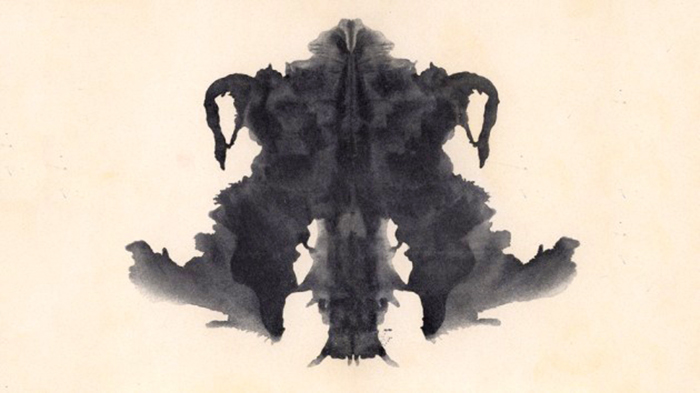
Fr. Ron Rolheiser writes that we do a lot of looking without seeing much. Seeing implies more than having good eyesight. Our eyes can be wide open, and we can see very little. He speaks of Paul and his conversion on the road to Damascus and how we always assume that it tells us that Paul was struck blind by his vision, but I think the text implies more. It tells us that Paul got up off the ground with his eyes wide open, seeing nothing. That doesn’t necessarily equate with physical blindness. He may well have been seeing physically, but he wasn’t seeing the meaning of what he was getting himself into. Someone had to come and open his eyes, not just so that he could see again physically but especially so that he could see more deeply into the mystery of Christ. Seeing, truly seeing, implies more than having eyes that are physically healthy and open. We all see the outer surface of things, but what’s beneath isn’t as automatically seen. One of the key movements within our spiritual lives is the movement from fantasy to prayer, a movement that ultimately frees us from wanting to press to ourselves all that’s beautiful to appreciating beauty for its own sake. We can only really see and appreciate beauty when we stop lusting for it. Our longing for relevance makes us look out at the world with restless, dissatisfied eyes. We practice mindfulness and see the richness of the present moment only when our disquiet is stilled by solitude. Longing and hunger distort our vision. Gratitude restores it. It enables insight. The most grateful person you know has the best eyesight of all the people you know.
